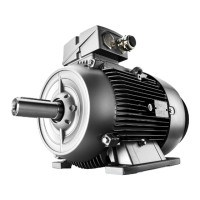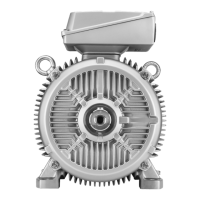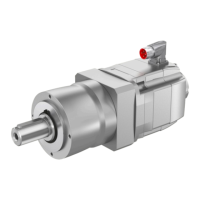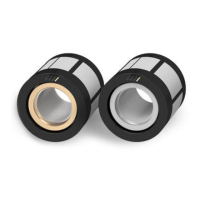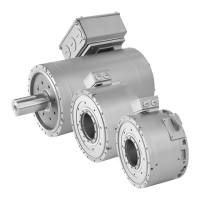Assembly
5.2 Mounting and installed the machine
1LA5/6/7/9, 1LG4/6, 1MA6/7, 1MB..1/2/3/4/5 - SH 63 ... 355
Operating Instructions, 06/2018, A5E44455710A
55
If the critical insulation resistance is reached or undershot, this can damage the insulation
and cause voltage flashovers.
• Contact the service center (Page 163).
• If the measured value is close to the critical value, you must subsequently check the
insulation resistance at shorter intervals.
Limit values of the anti-condensation heating insulation resistance
The insulation resistance of the anti-condensation heating with respect to the machine
housing should not be lower than 1 MΩ when measured at 500 V DC.
Mounting and installed the machine
5.2.1
Preparing the assembly area
1. Prepare a suitable assembly area (e.g. assembly stands). Make sure that the assembly
area has sufficient clearance from the floor for the DE shaft end. The necessary data is
provided in the machine dimension drawing.
2. Refer to the shipping documents to check that all motor components are available for
assembly.
● For vertical installation, use all of the eyebolts provided and when necessary, hoisting
straps (DIN EN 1492-1) and/or lashing straps (DIN EN 12195-2) to stabilize the position
of the motor.
● Prevent foreign bodies from falling into the fan cover. For vertical machine installation
with the shaft end facing downwards, attach a protective canopy.
● If the shaft extension is facing upwards, the user must prevent liquid from moving along
the shaft and entering the motor.
● Clean bare metal surfaces with anti-corrosion agent using white spirit to ensure proper
installation and / or machine mounting.
● Do not obstruct the ventilation! Do not draw in the discharged air directly – also from
adjacent equipment.
● Avoid exposing them to direct, intense solar radiation, rain, snow, ice, or also dust for
extended periods. Attach a covering structure or an additional cover when using or
storing outdoors.
● Do not exceed the permissible axial and radial forces.
● Only use explosion-protected machines in appropriate areas in accordance with
directive 1999/92/EC.
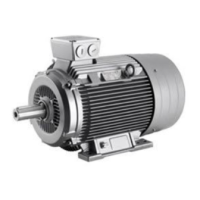
